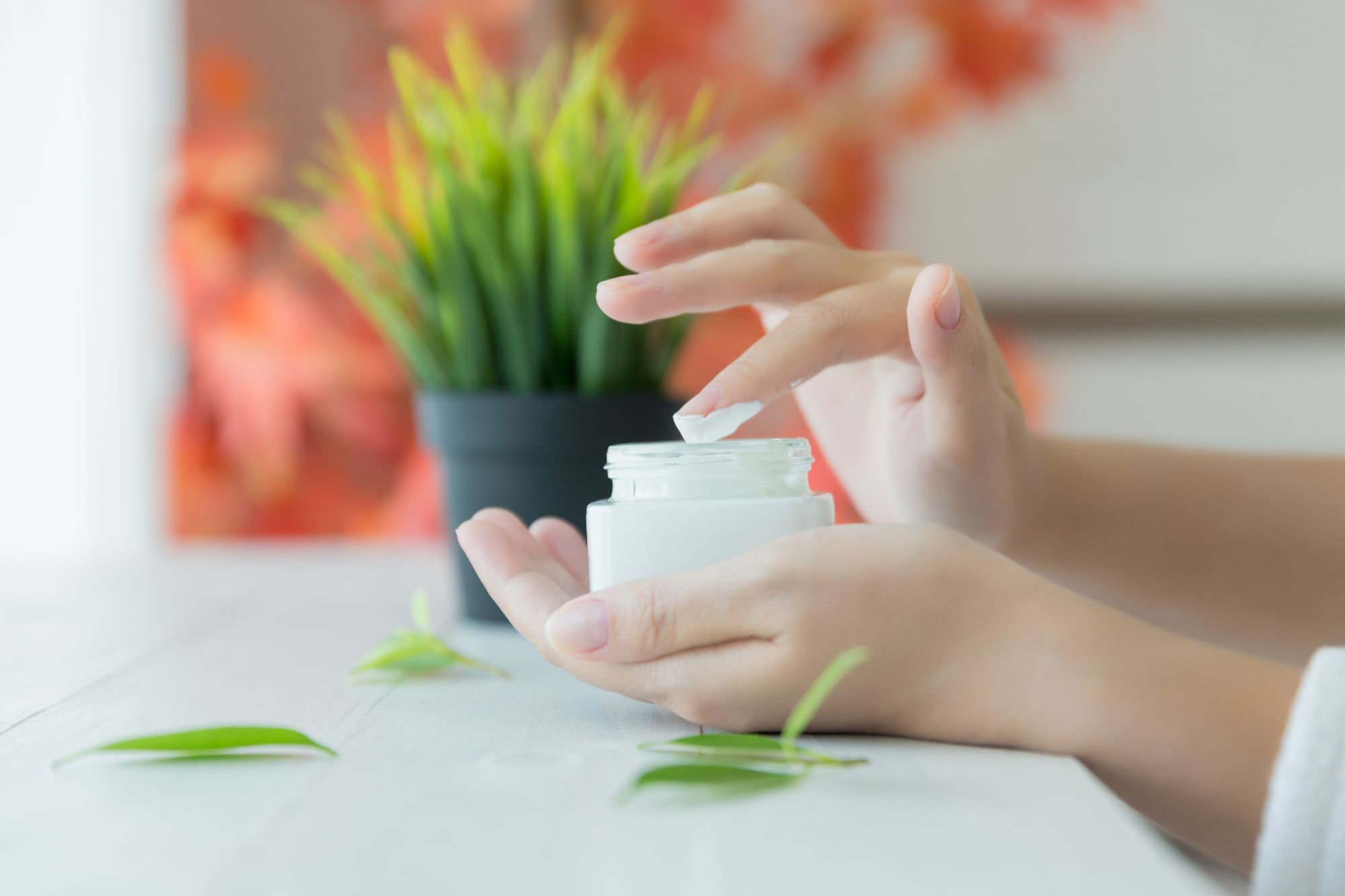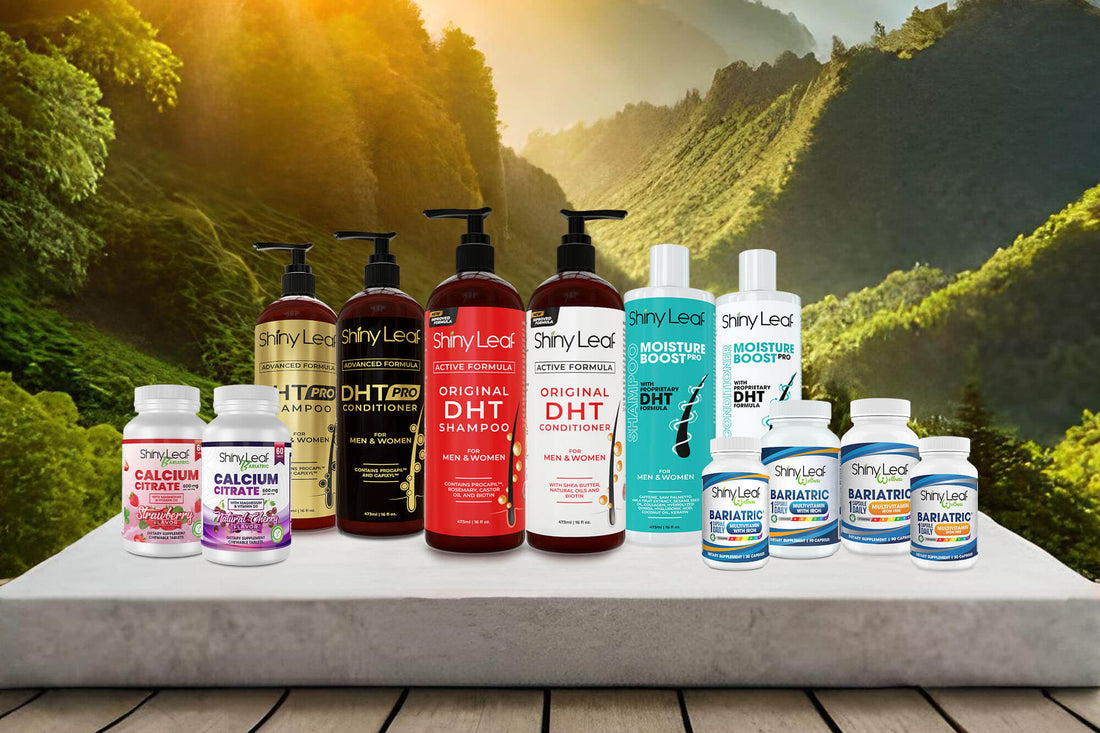Hexane is a chemical that many people may not be aware of but is present in some day-to-day products we use. It has been recognized for years to cause long-lasting, even permanent, nerve damage. A large quantity of hexane is produced in the United States each year in the form of solvents. It is commonly used in different industries such as printing, shoe making, textiles, automotive, and furniture.
Many consumers purchase and use products containing hexane without being aware of the health risks. It is easily inhaled and absorbed through the skin. To avoid the negative effects of hexane, it is important to understand its properties, dangers, and available alternatives.

What is Hexane?
The chemical formula for hexane is C6H14. It is a colorless liquid that is highly flammable and does not mix with water. It gives off a subtle, gasoline-like odor but it is odorless when pure. This industrial chemical is used to extract edible oils from seeds and vegetables. It is also used as a solvent and cleaning agent. Hexane is a significant component of gasoline.
How is Hexane Produced
Hexane is a common industrial chemical derived from petroleum and are commonly obtained by refining crude oil. It can be taken from many sources like gasoline, camping fuel, and many hydrocarbon-based solvents.

Common Uses of Hexane
Even though most consumers are unfamiliar with hexane and its adverse effects to human health, it serves a number of industrial, commercial, and household purposes.
-
Food Industry - The main use of hexane as a solvent is to extract edible oils from seeds and vegetable crops such as soybeans, nuts, and corn.
-
Beauty Industry – Just like in the food industry, hexane is used as a solvent for oil seed extraction used as key ingredients in natural beauty products. There are brands that use hexane to extract oils such as castor oil, almond oil, and argan oil. These oils are used for hair and skin. They can also be added to haircare and skincare products like lotions, shampoos, and conditioners.
-
Craft Supplies – Commercial grade hexane is used as solvent for varnishes, paints, glues, rubber cement, and adhesives. It is also present in stain removers, spray paints, and craft paints. It is used as a special glue in roofing, shoemaking, and leather goods.
-
Printing Industry – Hexane is used as a cleansing agent in printers.
-
Textile Manufacturing – Hexane is used as a cleaning agent.
-
Laboratory – Hexane is typically used in laboratories for extracting oil and grease contaminants from water and soil for analysis.
Hazards of Hexane
Now that we have identified the different applications of hexane, it is also important to understand the negative effects of hexane for you – that includes your appearance and your overall health.

Beauty
Hexane is not actually used as an ingredient, but as a solvent to extract natural oils used in haircare and skincare products. When contaminated with hexane, your beauty products can be harmful in the long run. Aside from inhalation, hexane can also affect you by passing through the skin. Repeated or prolonged contact with skin may cause dermatitis. It may also cause eye and skin irritation with direct contact.
Brain
The effect of hexane is mostly on the brain. If exposures are high and occur frequently over months or years, effects on the brain can be long-lasting and possibly permanent. The most likely route of human exposure to hexane is by inhalation. Short-term exposure through inhalation of high levels of hexane causes mild effect to the central nervous system. This may involve feelings of dizziness, slight nausea, and headache. Long-term exposure to hexane in air may cause numbness on the extremities, muscle weakness, blurred vision, headache, and tiredness.
Body
High levels of exposure have been linked to a medical condition called peripheral neuropathy. It is characterized by numbness and tingling in the feet, legs, and hands. The muscles feel weak and there is also a lesser sensitivity to touch, pain, vibration, and temperature. In severe cases, muscles may shrink and lead to paralysis.
Hexane vapors may cause dermatitis and irritation of the eyes and throat in humans. If swallowed, hexane can cause severe abdominal pain and cause difficulty in breathing, cough, and burning of the mouth, throat or chest.

Exposure to Hexane and First Aid
Getting exposed to hexane and having potential health risks are common to people who are dealing with hexane in the workplace on a regular basis. Constant use of products that contain hexane can also be a point of exposure. Shoe makers, refinery workers, lab technicians, printers, construction workers, auto mechanics, and some consumers may be at risk of exposure. Because of the negative effects of hexane, it is important to know what to do in case of accidental exposure.
Inhalation
Hexane evaporates easily, so breathing contaminated air during manufacture and use of the chemical is the most common form of exposure.
In case of inhalation of hexane, move the patient to area with fresh air. Losen tight clothing such as belt or collar. If breathing becomes difficult, oxygen should be administered. A trained person may begin a rescue breathing if breathing stops or CPR if the patient becomes unconscious. Call for medical assistance immediately.
Eye Contact
In case of eye contact, remove contact lenses if necessary and immediately flush eyes with running water for 15 to 20 minutes. Consult a physician before applying any ointment or taking medications.
Skin Contact
In case of skin contact, quickly remove contaminated clothing. Wash the affected area immediately with soap and water. Treat the area with anti-bacterial cream to avoid infections.
Ingestion
If swallowed, do not induce vomiting. If the patient is conscious, drink one to two glasses of water to dilute the chemical. Never give anything by mouth to a person who is unconscious or convulsing. Seek medical attention immediately.
Other Safety Precautions
-
Wear protective clothing such as cloves, safety goggles, and nose and mouth cover when working with hexane.
-
Do not smoke, drink, or eat when within the area where hexane is present.
-
Seek medical attention after direct exposure to hexane, especially if you experience severe symptoms.
How Hexane is Regulated Now
The Congress specifically identified hexane as a hazardous air pollutant under the Clean Air Act. It is regulated by the Environmental Protection Agency (EPA). Certain steps had been taken to address exposures to hexane especially when released to outdoor air. Workplaces were required to take action in order to minimize exposure of workers. Companies need some disclosure requirements for environmental releases.
Safer, Effective Substitutes to Hexane are Available
Water-based cleaners are good alternatives to hexane in the industries where meticulous cleaning is required. Unfortunately, despite the well-known severe negative effects of hexane, this toxic substance is still present in many consumer products we use every single day. The reason behind is mostly because hexane is cheaper when it comes to operational costs.
When extracting oils from seeds, the cold-pressing method is a safer alternative. Cold-pressing means manually pressing the seeds using a mechanical press machine to extract the oils. This does not involve heat or chemicals to preserve the purity and properties of the oil. Then the oil is filtered to remove impurities.
A great example is the Cold-Pressed Castor Oil offered by Shiny Leaf. It is organic, natural, and hexane-free!

Stay Healthy with Hexane-Free Products
Anyone can be exposed to hexane when using household products that contain hexane. It can be present in some personal care products that contain natural seed oils. Some common types of these oils are argan oil, castor oil, and almond oil. Some manufacturers of these beauty products use hexane as solvent for extraction because of economic reasons.
We, at Shiny Leaf, want to ensure the quality of our products. That’s why we are confident that the natural oils we offer are 100% pure and hexane-free. We use the process called cold-pressing in order to take the natural oils from their raw materials. Cold-pressed oils are found to be more effective. They contain the highest amounts of nutrients that are beneficial for your hair and skin.
The castor oil, sweet almond oil, and argan oil used in our products are very nourishing. They are certified organic and safe for all. You will enjoy using them for your daily beauty routines without worrying about the negative effects of hexane for your body and health.





